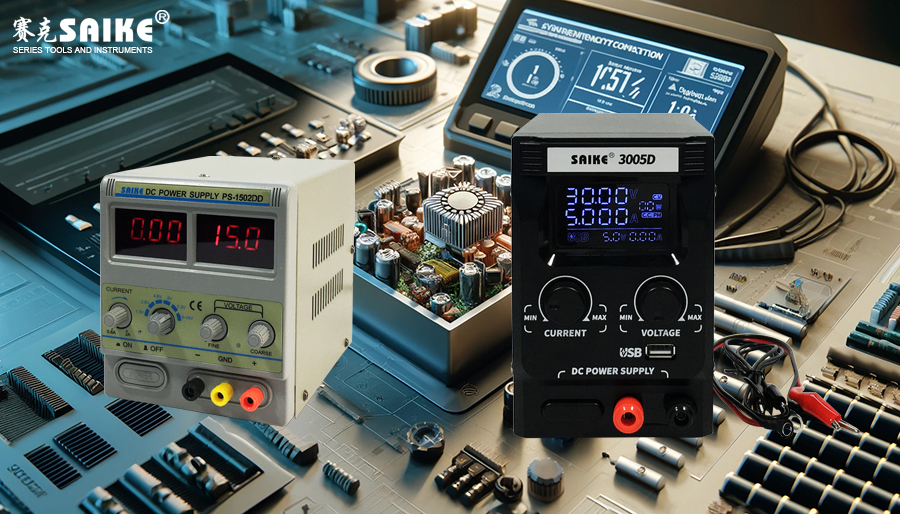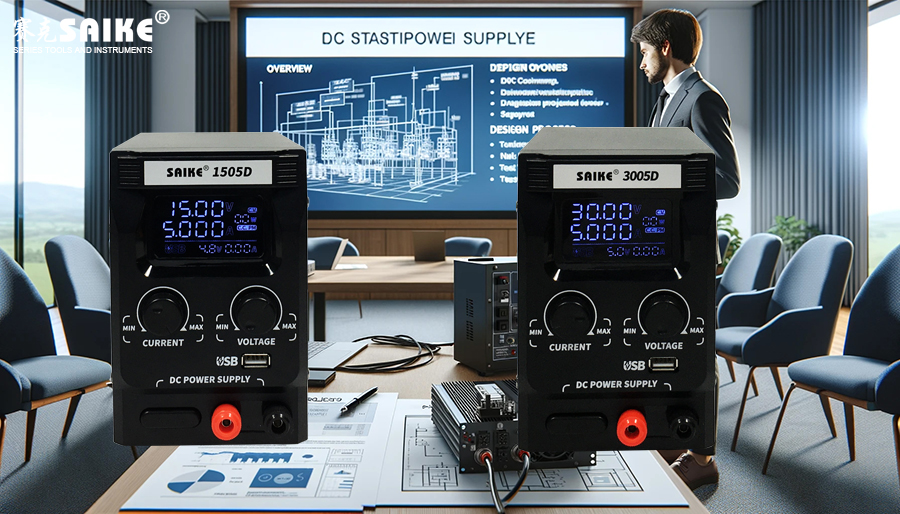
SK-YJ000ZLWYDY-KP 100053
I. Project Purpose
The aim of this project is to design an efficient, reliable, and stable Switch Mode Power Supply (SMPS) to provide power for electronic devices. This project is particularly suitable for applications requiring high performance and energy efficiency, such as portable devices, communication equipment, and consumer electronics.
II. Basic Design Specifications
– Input Voltage: DC 12V
– Output Voltage: DC 5V
– Output Current: Maximum 2A
– Efficiency: ≥85%
– Ripple Voltage: Less than 30 mV p-p
III. Technical Requirements
1.Circuit Design:
– Adopt an efficient conversion topology: For example, use a synchronous rectification buck converter, which is widely used due to its high efficiency and low output ripple.
– Controller Selection: Utilize an integrated chip with high-performance PWM control functionality, such as the LMR16006 from TI.
– Filtering and Voltage Stabilization: Design appropriate input and output filtering circuits to minimize noise and ripple.
2.Protective Measures:
– Overcurrent Protection: Design a current detection circuit that automatically disconnects the power output when the output current exceeds a preset limit.
– Short-circuit Protection: Implement a fast-responding short-circuit protection mechanism to prevent damage to the power supply and load.
– Overheating Protection: Incorporate a temperature sensor and automatic shutdown function to prevent damage to the power supply due to overheating.
3.Mechanical and Thermal Design:
– Compact Design: Optimize the layout to achieve miniaturization, facilitating integration into various devices.
– Effective Heat Dissipation: Design an efficient heat dissipation scheme to ensure stable operation of the power supply under high loads.
IV. Design and Development Process
1.Circuit Design and Simulation:
– Utilize circuit design software (such as LTspice) for circuit design and simulation, optimizing circuit parameters for optimal performance.
2.Prototype Construction:
– Build a circuit prototype on a breadboard for preliminary functional testing and adjustments.
3.PCB Design and Manufacturing:
– Design the PCB and manufacture a prototype board for further testing of the circuit’s performance and stability.
4.Testing and Optimization:
– Conduct comprehensive testing, including efficiency testing, stability, and reliability tests, to ensure that the power supply meets all technical specifications.
– Adjust the design to optimize performance and meet final product requirements.
5.Documentation and Standardization:
– Prepare detailed design documents, user manuals, and production guides to ensure mass production is possible.
V. Expected Outcomes
– Technical Validation: Successfully design and implement an efficient SMPS that meets or exceeds all performance specifications.
– Product Application: The power supply design will be suitable for various commercial and industrial products, providing high-performance and environmentally friendly power solutions.
– Technical Documentation: Provide complete technical documentation and production guidelines to support the commercialization and marketing of the product.
Through this project, the design team will gain valuable experience and master the design and implementation skills of efficient SMPSs, laying a solid foundation for more complex power supply design projects in the future.


